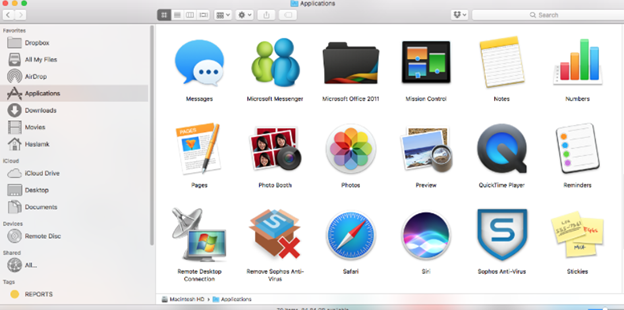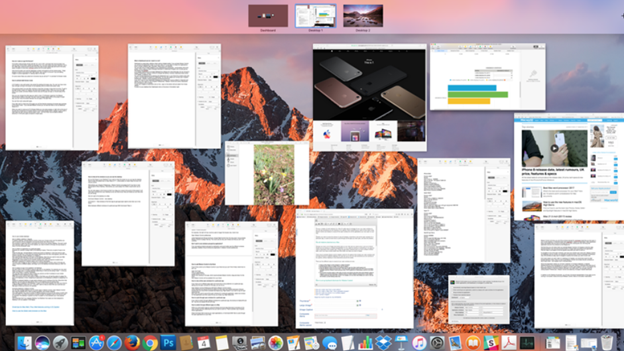Are you a Windows user who switched to Mac with Boot Camp but still haven't found a way to run all your Windows applications on Mac? Do you know you can use Parallels or VMWare Fusion to make all PC apps run on Mac? Here, I'm going to talk about how-to set up a virtual Windows machine on your Mac.

For multitasking, it is necessary to manage and keep track of every window that you are working currently at a glance. You can do it by using mission control or some keyboard function. So, in this article, we will give you a complete idea about how to show all windows on Mac.
Showing All Windows on Mac using Mission Control
Mission Control is the application that shows all the open windows in your Mac operating system. Here are some ways that you can show all windows on Mac:
- You may use a trackpad or a Magic Trackpad this way. Just use your three fingers and swipe up in it. The screen will enter Mission Control and show you all the open windows that you are working on the screen.
- If you have a Magic Mouse, double press on its surface using your two fingers. It will also make the Mac screen enter mission control.
- You may also use the keyboard for entering the mission control. There is a mission control (F3) key which usually features three little squares in it. Press it and you can see all open windows.
- The mission control icon with three little squares is also present in the “Dock” menu of the Mac operating system. If it doesn’t feature the mission control icon, Spotlight search for it and hit “Enter”. To add the mission control icon in the dock, first access the “Finder” menu. Select “Applications”. Find “Mission Control”. Then, select it and drag it to the Dock menu and drop it. Now, it will be found on the dock menu.

- You may also open mission control by moving your mouse to the side of the screen by adding “Hot Corners”. For that, first access “System Preferences”. Then open “Mission Control”. Select “Mission Control preferences”. Then, pick “Hot Corners”.
- Also, if you do not wish to see the open windows grouped by app and wish to see particular windows separately, go to “Mission Control preferences”. Then, click on the already ticked box beside the “Group Windows by application” option.
Showing All Windows on Mac using Alt+TAB Application
- You may also view your all open windows in Mac by using the “Alt+TAB” function. This is usually applicable for Windows operating systems and Mac has a similar “Cmd+TAB” function. But this only shows all active applications, not the windows.
- For using the function, you have to install the “Alt+TAB” app. You may download it from here – Download Alt+TAB Mac.
- After installing, it will automatically set the function in your Mac. You can then use it for viewing all open windows.

Showing All Windows of a Particular Application using Mission Control
- You may also view all open windows of a particular app. First, access “Mission Control preferences”. You can access it by pressing the “Alt” button and clicking the Mission Control button together.
- You will get a drop-down box under the “Keyboard and Mouse Shortcuts” section and beside the “Application Window”. Click on it.
- Select your preference to launch the feature. If you wish to access it by clicking on the Right Option/Alt button, then select Right Option.
- Now, you can see all open windows for a certain application by clicking on one window of that app and then hitting the button you selected earlier.
So, following these methods given above, you can view all windows on Mac conveniently.
Summary: How to show all Windows on Mac?
- When using a Mac, it's easy to lose track of all your different applications and the windows they contain.
- To show all the windows of an application you're currently using, simply click on its icon in the Dock.
- In the Dock is a little indicator that shows how many windows are open for each application.
- If you desire, you can even view your applications and their windows in Exposé.
- There are two ways to invoke Exposé.
- The function of both keys can be reversed in System Preferences, just choose Exposé & Spaces from the View menu and select which key performs which action in the Keyboard & Mouse pane.
- If you have a multi-button mouse, you may also find a button for invoking Exposé in the Mouse pane of System Preferences.
- The two methods perform slightly different functions; if you press F9, only windows belonging to the active application will be shown; if you press F10, all windows onscreen will be shown together with the desktop and Finder icons.
- To select a specific window, click on it; to close it without activating it, hit return or enter.